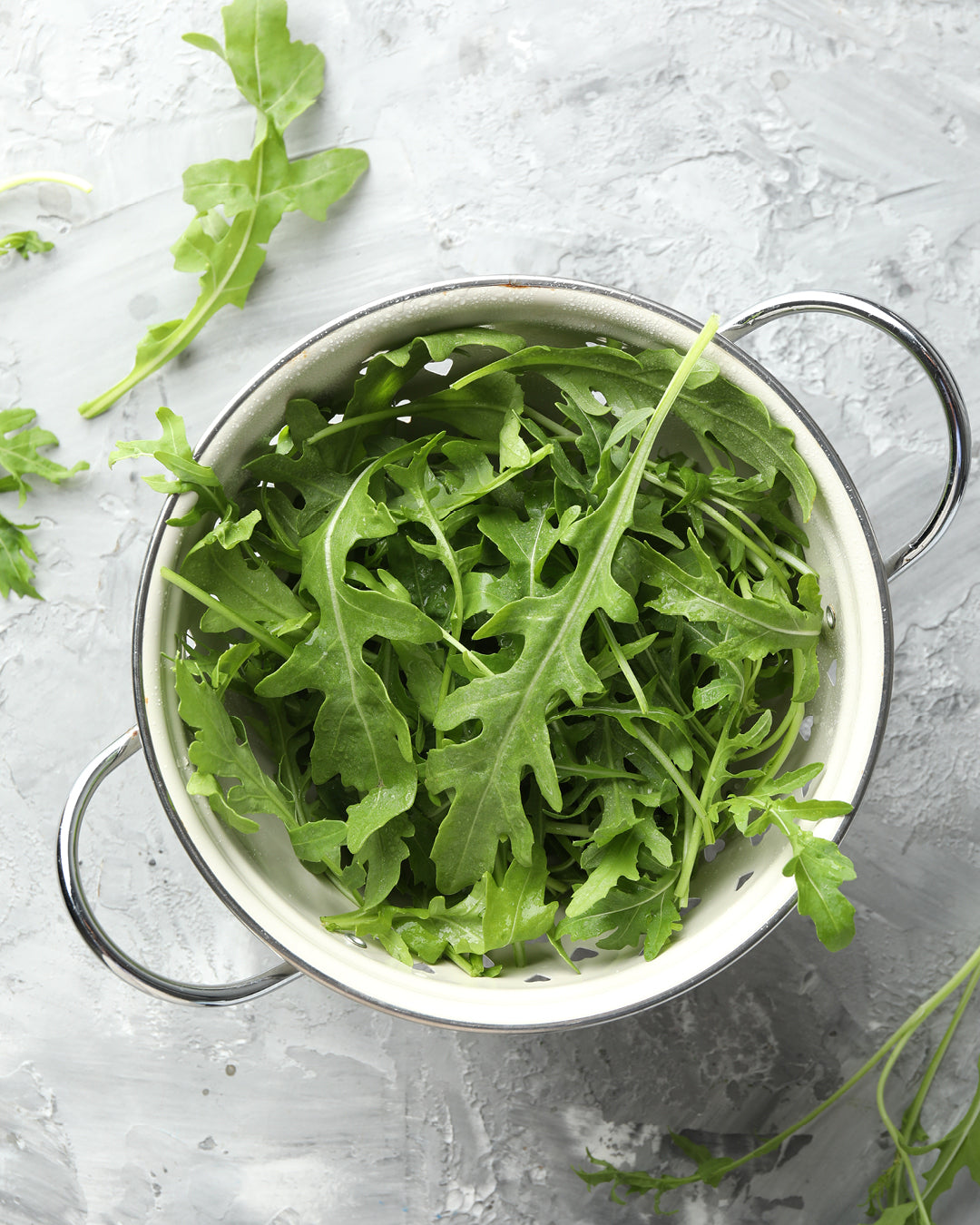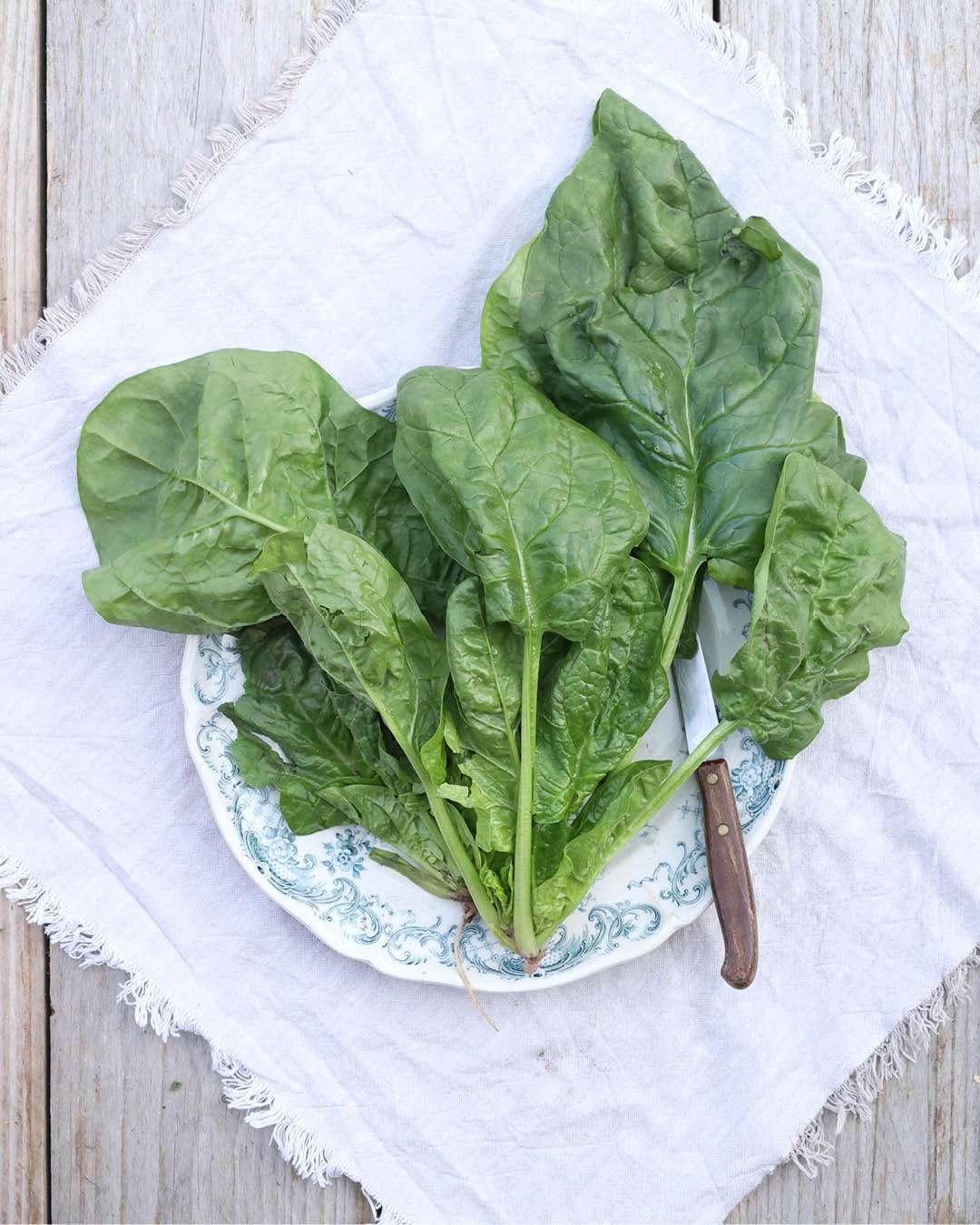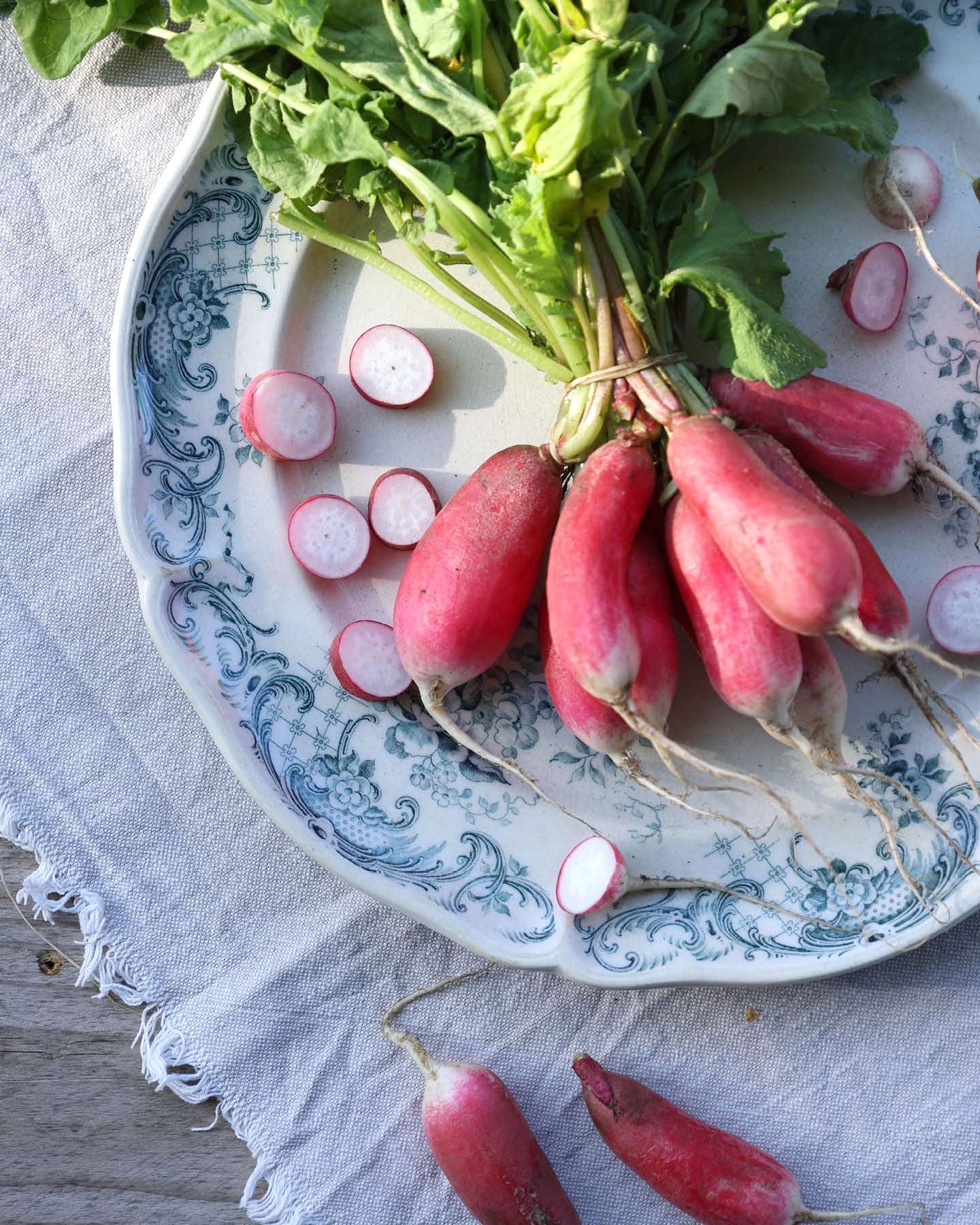Gardening tips in July: Care, harvest and reseeding in midsummer
In July, the vegetable garden is in full bloom – many vegetables and fruits are ready for harvest, while others still need tending and reseeding. Now is the time for plenty of activity in the garden: checking, watering, pruning, planting – and enjoying. With these tips, your vegetable garden will remain vibrant and productive even in midsummer.
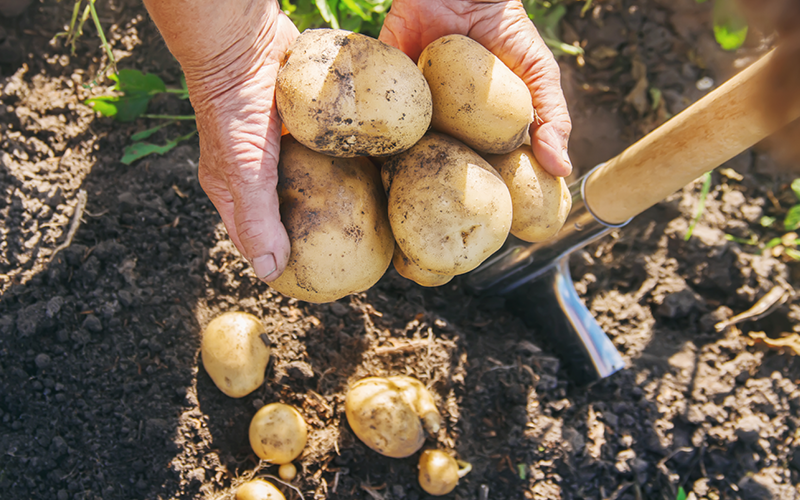
1. Harvest early potatoes
As soon as the foliage of the new potatoes has died back, they're ready to harvest. After digging them up, let the tubers dry out for a few hours before storing them in a cool, airy place. This will help them keep longer and stay nice and firm.
2. Plant strawberry plants now
If you want a bountiful strawberry harvest next year, plant new plants in July. This gives them plenty of time to develop a strong root system by fall. Make sure they're well spaced, in a sunny location, and water regularly.
3. Harvesting and caring for berry bushes
Currants, gooseberries, and raspberries are now ripe. Harvest regularly and remove dead raspberry canes. This strengthens the plant and creates space for new shoots. Bird netting can help protect the sweet fruits from predators.
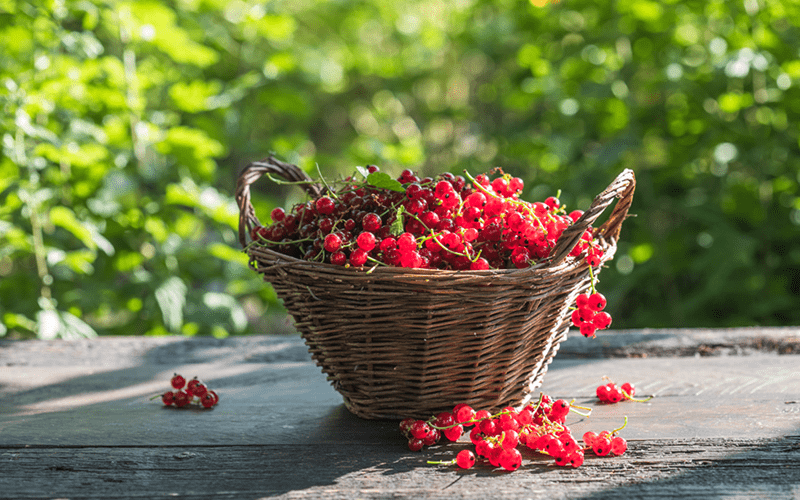
4. Harvest and dry onions
When the leaves turn yellow and collapse, the onions are ready to harvest. Pull them out of the ground on a dry day and let them air dry for a few days. They can then be stored in a cool, dry place.
5. Care for heavy feeders properly
Tomatoes, cucumbers, pumpkins, and other plants need a particularly large amount of water and nutrients in July. Water regularly and apply fertilizer every two weeks—ideally organic. Mulch also helps retain moisture in the soil.
6. Re-sow vegetables for the late summer harvest
Empty spaces in the garden bed can now be replanted with fast-growing vegetables. Radishes, leaf lettuce, spinach, arugula, or bush beans are ideal. This will extend your harvest season well into autumn.
7. Harvest and preserve herbs
Now is the best time to harvest herbs like basil, thyme, oregano, or mint. Cut the shoots on a sunny morning and dry them in a shady, airy spot. Alternatively, many herbs can also be frozen.
8. Mulching against heat and drought
A mulch layer of straw, grass clippings, or shredded garden waste protects the soil from drying out, suppresses weeds, and promotes active soil life. Mulching is especially beneficial for tomatoes, peppers, and zucchini.
9. Control pests and diseases
Pests such as aphids, slugs, and whiteflies are more prevalent in July. Check your plants regularly, especially the undersides of leaves and young shoots. The sooner you react, the more gently you can intervene – for example, with beneficial insects or plant tonics.
10. Watering properly in hot weather
Water directly at the root zone, preferably in the morning or evening. This prevents evaporation and protects the plants from heat stress. Drip hoses or watering rings are helpful solutions for a consistent water supply—especially for raised beds or very thirsty crops.
Conclusion: July is both harvest and care time
Midsummer brings abundance, but also responsibility. Those who regularly tend their vegetable garden now will be rewarded with aromatic fruits, fresh vegetables, and vibrant plants. With a little planning and care, the beds will remain productive well into autumn.
Frequently asked questions (FAQ) about the vegetable garden in July
When is the best time to harvest potatoes?
Early potatoes can be harvested as soon as the foliage dies back. This usually happens in July. Wait about two to three weeks after the foliage dies back to allow the skin to firm up—this improves storage life.
Which vegetables can I still sow in July?
In July, fast-growing varieties such asRadishes, arugula, lettuce, spinach, chard and bush beansfor direct sowing.Chinese cabbageordillcan still be sown now.
Why should I plant strawberries in July?
Planting strawberries now gives the young plants enough time to grow vigorously by fall. This will ensure particularly good, early fruiting next year—with large, aromatic fruits.
Do I still need to fertilize herbs in July?
Most herbs are undemanding and require few nutrients. However, for heavily pruned herbs or potted plants, a small application of fertilizer in July may be beneficial. Important: Fertilize only moderately, otherwise the aroma will suffer.
How do I protect my plants from the heat in July?
Best throughmorning watering, oneMulch layerto retain moisture and if necessaryShadow netsfor more sensitive plants. Raised beds also dry out quickly – regular watering is especially important here.

